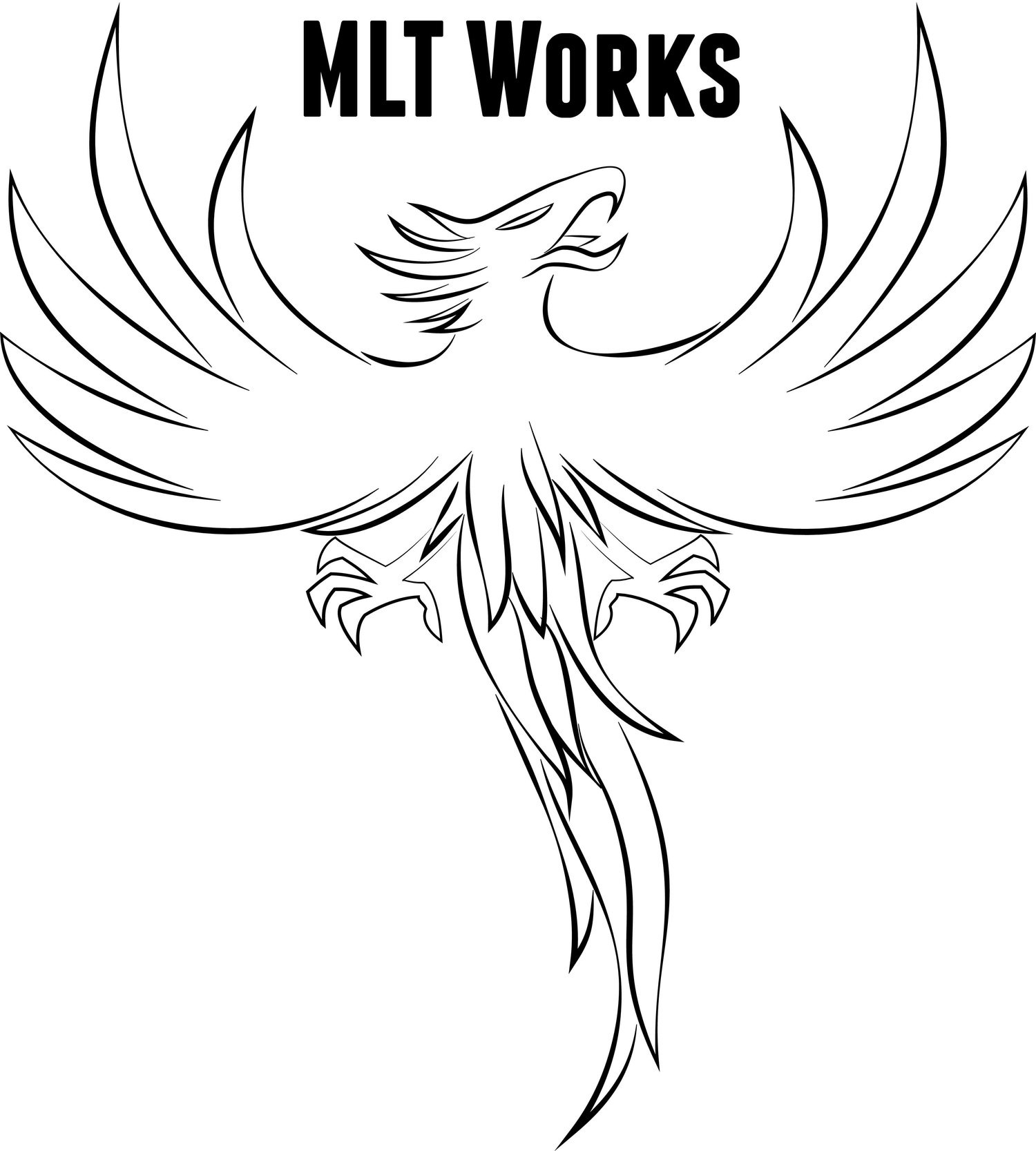Accepting Who We Are: The Hulk Comes Full Circle
Avengers: Endgame brought the epic MCU saga to its first major closure. Although the MCU continues on, Endgame brings a close to the four primary Avengers character arcs that come full circle. Each one completes his own journey. Today, I’m looking at the development of Hulk’s character arc. Hulk’s development is pretty interesting since, outside of Edward Norton’s portrayal in 2008, Hulk hasn’t had any standalone films. His character arc has developed across the plotlines of four other films: the 3 Avengers movies and Thor: Ragnorak.
The Reluctant Hero
When we are first introduced to Mark Ruffalo’s Bruce Banner in the first Avengers film, he’s working to aid the sick and poor. Trying to stay under the radar, Banner concerns himself with only helping others through his science, keeping the green giant at bay. When Natasha Romanoff approaches him to try and recruit him into the Avengers, he declines, and it’s only when Romanoff explains that they want Banner’s help, not Hulk’s, in tracking down the Tesseract, Banner agrees.
Bruce is afraid of Hulk. He’s seen the destruction Hulk can leave in his wake. And even though he does eventually fight against Loki and the Chitauri, he still looks at Hulk as a curse. To Banner, Hulk is an uncontrollable force that has to be harnessed. Even with Tony Stark’s Hulkbuster armor as a failsafe in Age of Ultron, Banner is still reluctant to rely on Hulk and only really transforms under dire conditions.
The Reign of Hulk
After the defeat of Ultron, Hulk steals a Quinjet and flies off into space where we don’t see him again until Thor: Ragnorak. There, we find out that Hulk stumbled into a wormhole and ended up on the the planet Sakaar, where he spends the next two years as an arena gladiator on Sakaar. Hulk has taken over at this point, and Sakaar is like heaven for him. No longer needing Banner’s brains, Hulk has carved out a life of luxury for himself as champion of Sakaar. When Thor finds Hulk, Hulk has no interest in reverting back to Banner.
At this point in the character arc, the roles have been reversed. Hulk has taken over, and he sees Banner as the curse, the weakness. Whereas before, Banner worked to suppress Hulk’s rage, Hulk is now suppressing Banner. When Banner does eventually return in Ragnorak, he makes it clear that he’s tired of fighting and wants to be left alone to live in peace. Banner and Hulk are still fighting internally, neither one accepting what the other has to offer. Even when we get to the beginning of Avengers: Infinity War, the two are still at odds with each other.
Symbiosis
At the beginning of Infinity War, Hulk finally meets his match in Thanos. The two square off in the opening scene, and Hulk finds that he’s not exactly the strongest person in the universe. Thanos handles him with ease, and that’s the last we see of Hulk until Endgame. Hulk is scared and doesn’t want to be embarrassed again. Banner repeatedly tries to get Hulk to come out to fight, but Hulk refuses. Then, there’s a pivotal turn when Banner comments that the two of them have some stuff to work out.
I think at this point, Banner has finally realized that Hulk is a necessary part of him, and by the time we see him again in Endgame, we are introduced to Professor Hulk, a hybrid of Banner and Hulk. During the five year time jump, Banner and Hulk have been able to make amends. The two have learned to work together, combining Banner’s brains with Hulk’s power. The two have learned how to coexist together rather than one having to dominate the other. We even get the line in Endgame during the reverse Snap when Hulk claims that it seems like he was made for this.
Overall, the story of Hulk is one of coming to grips with the whole of yourself. Banner looks at Hulk for so long as a curse, something that has to be repressed or controlled. In reality, Hulk is actually the part of Banner that balances him, and it’s only when he learns to accept all of himself that Banner can finally live in peace.
